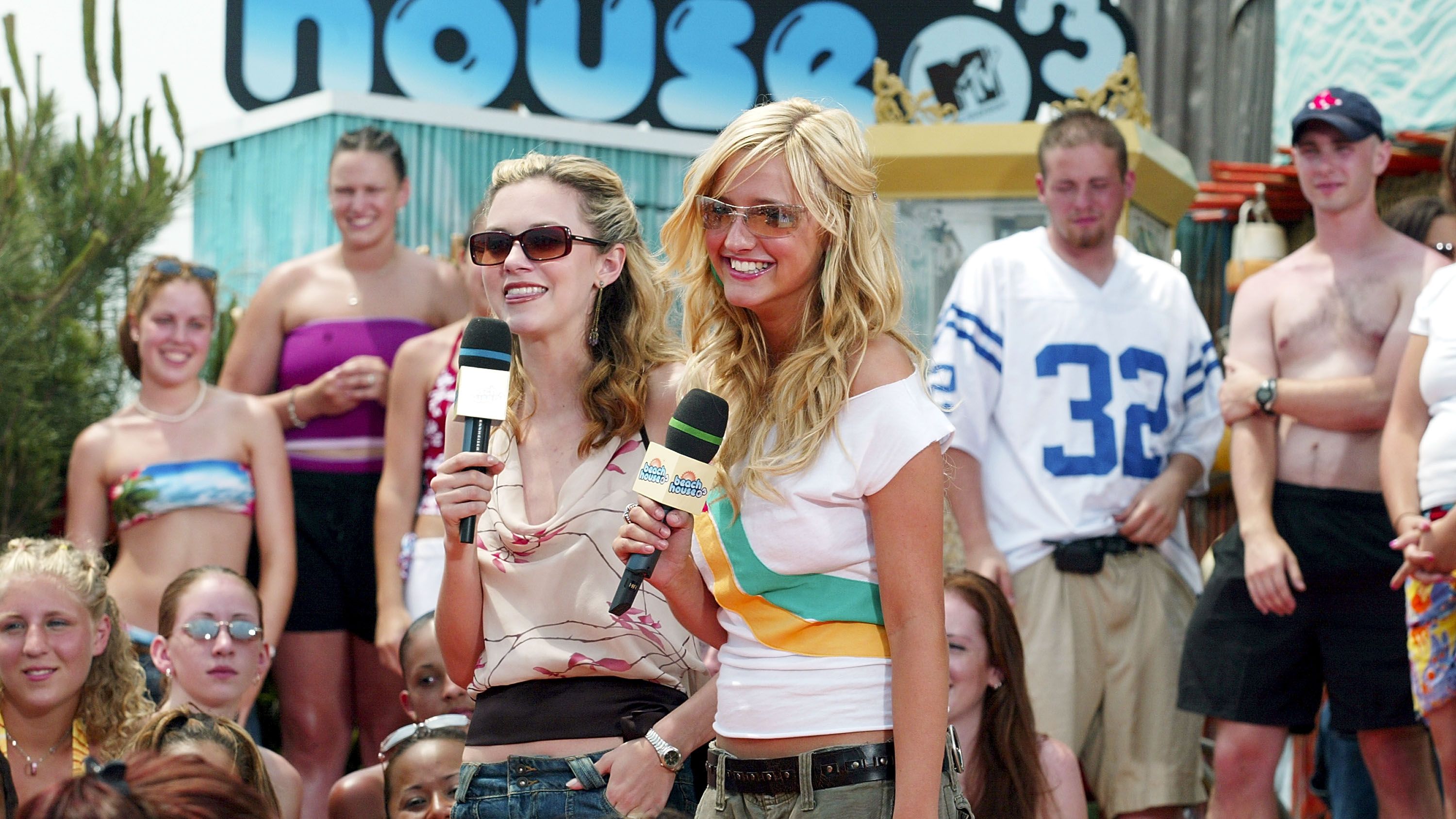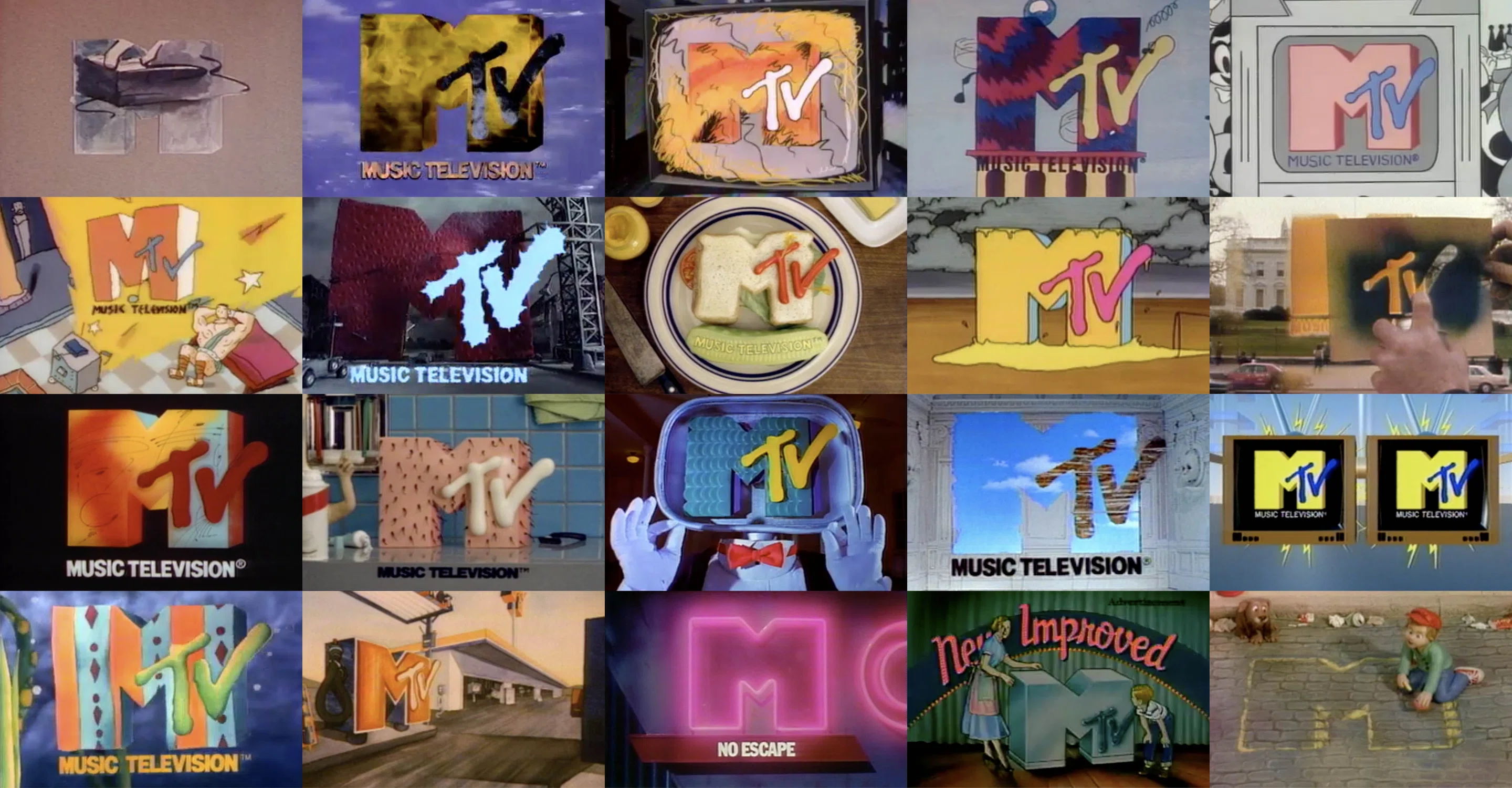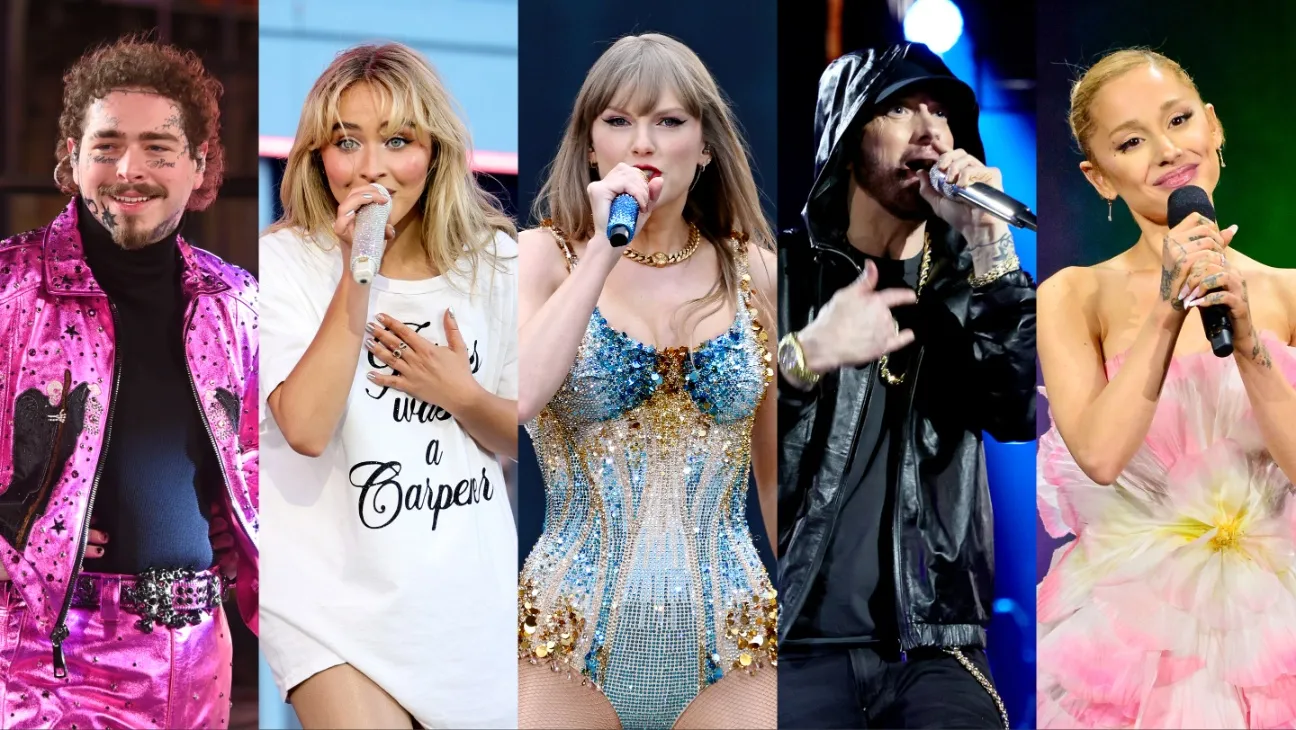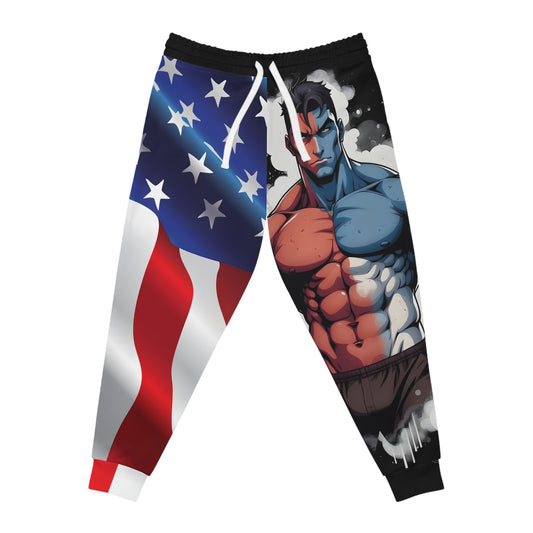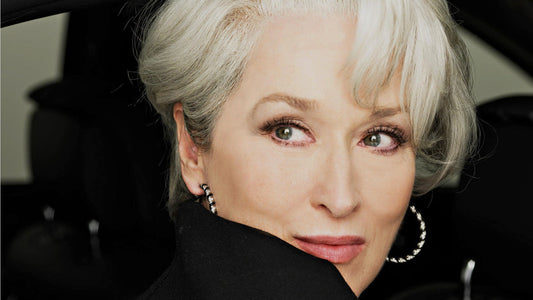
MTV’s Evolution: Impact on Music, Culture & Fashion
What happened to MTV?
The Early Years of MTV
Launched on August 1, 1981, MTV marked the beginning of a new era in music and entertainment. The network's immediate slogan, “Video Killed the Radio Star,” a song by The Buggles, signified a seismic shift in the way music was consumed and perceived. As viewers tuned in to watch the channel, they were introduced to a medium that was visually captivating, allowing them to connect with artists in ways that traditional radio could not offer. The early days of MTV were characterized by non-stop music videos featuring rock, pop, and emerging genres that defined the culture of the 1980s.
MTV’s format was revolutionary; it offered a platform where music could be experienced through a combination of audio and visual art. This new format propelled artists to superstardom and allowed them to cultivate their images through elaborate and artistic videos. Icons like Michael Jackson, Madonna, and Prince rose to prominence, as the channel focused primarily on promoting their music through scintillating visuals and engaging narratives.
The initial launch included the airing of music videos in blocks, which gradually evolved to include shows like “Total Request Live” (TRL) in the late 90s. TRL transformed the landscape of music television by inviting fans to call in and vote for their favorite music videos, creating an interactive experience that allowed fans to feel a direct connection with their favorite artists. This kind of engagement was revolutionary and set the standard for future music platforms.
MTV's Influence on Culture, Music, and Fashion
MTV did much more than just play music videos; it became a cultural touchstone that shaped music genres, fashion trends, and social issues. The network was instrumental in popularizing the music video as an art form. Programs like “Yo! MTV Raps” introduced hip-hop to a wider audience, while “Headbangers Ball” catered to the rock and metal scenes, thus broadening the spectrum of music genres represented on television.
Furthermore, MTV introduced a new layer of artistry to music. Iconic music videos such as Michael Jackson's “Thriller” revolutionized storytelling in music, incorporating choreographed dance, elaborate sets, and narrative depth, turning a simple song into a cinematic experience. Artists began to understand the importance of their image, leading to more significant investments in music videos. The collaboration between artists and directors resulted in some of the most memorable visual art pieces that are celebrated to this day.
Fashion was another crucial aspect of MTV's influence. The channel showcased bold styles that resonated with the youth. The flashy outfits of the 80s, characterized by bright colors, big hair, and exaggerated silhouettes, were prominently featured on the network. Artists like Madonna became fashion icons, influencing trends that would dominate the decade. As viewers emulated the styles of their favorite artists, the line between music and fashion began to blur, leading to collaborations between designers and musicians. The result was a vibrant cultural exchange that shaped the fashion landscape of the time.
Additionally, MTV became a powerful voice for social and political movements. Programs like “Rock the Vote” encouraged young people to participate actively in politics. MTV was not afraid to tackle pressing issues through its shows, from AIDS awareness campaigns led by artists to discussions on body positivity and gender representation. The channel served as a platform for change, using the influence of music to advocate for various causes, thus intertwining social issues with entertainment.
The Decline of Music Video Dominance
As the 2000s approached, the landscape began to shift dramatically. The rise of the internet and the advent of streaming services altered the way audiences consumed music. Platforms like YouTube and later, social media networks, allowed artists to publish their music videos directly to audiences without the need for a cable television platform like MTV. Consequently, the necessity for a dedicated music video channel diminished.
MTV faced challenges in retaining its audience, as viewers began to migrate towards on-demand content. The channel adapted its programming, but the changes often included the introduction of reality television. Shows like “The Real World” and “Jersey Shore” became massive hits, drawing in viewers but also diluting the channel's original focus on music. Many longtime fans lamented the departure from music content, feeling that MTV had strayed from its roots.
The Current State of MTV
Fast forward to the present day, and MTV has undergone significant transformations. It has diversified its content, focusing more on reality shows, scripted series, and reruns of older programming. This shift has led to mixed opinions regarding its relevance in the music industry. Many music fans feel that the channel no longer caters to the audience that once adored it.
Despite these changes, MTV remains a cultural touchstone, albeit in a different form. The MTV Video Music Awards (VMAs) still attract millions of viewers and are one of the most-watched musical events of the year. The VMAs continue to showcase not only musical talent but also feature performances that resonate with societal issues, often highlighting themes of diversity, inclusion, and social responsibility.
The channel has embraced digital platforms, launching MTV.com and actively engaging audiences through social media. This pivot towards a digital presence allows MTV to reach younger viewers who primarily consume media on their smartphones and tablets. By creating shareable content and interactive experiences, MTV aims to maintain relevance in an ever-evolving media landscape.
The Future of MTV
The future of MTV remains a topic of speculation among media analysts and fans alike. It faces the challenge of balancing its legacy as a music-focused network with the changing landscape of entertainment. Will it return to its roots and focus on music, or will it continue to evolve into a broader entertainment platform? The answer likely lies in its ability to adapt to changing viewer preferences.
One potential avenue for MTV's revival lies in nostalgia. The resurgence of retro content across various platforms has shown that audiences crave connections to the past. MTV might benefit from tapping into its rich history by revisiting classic music videos, producing reunion specials with iconic artists, or creating new shows that reflect the essence of what MTV once was. Collaborations with contemporary artists and influencers could also pave the way for innovative programming that blends music with the current cultural zeitgeist.
In addition, as music consumption continues to evolve, MTV has an opportunity to reclaim its role in the music industry. By focusing on music discovery and artist development, it could become a relevant platform for emerging talents. Creating original shows centered around the journey of new artists, and incorporating interactive elements like audience voting or social media engagements, could help establish a direct connection with music fans.
Frequently Asked Questions (FAQ)
What does MTV stand for?
MTV stands for "Music Television." It was originally launched as a network dedicated to music videos and related programming.
Is MTV still relevant today?
While MTV has evolved and its focus on music has decreased, it remains relevant by engaging audiences through reality shows and events such as the MTV Video Music Awards, which still attract a large viewership.
Why did MTV stop playing music videos?
The shift in viewer preferences, with the rise of digital platforms and streaming services, led to a decline in the focus on music videos. MTV adapted by diversifying its content to include reality shows and scripted series.
What was the first music video played on MTV?
The first music video aired on MTV was "Video Killed the Radio Star" by The Buggles, a song that perfectly encapsulated the channel's mission during its inception.
How did MTV influence fashion?
MTV played a significant role in shaping fashion trends by showcasing artists and their unique styles, influencing youth culture and consumer behavior in fashion. It became a platform where music and fashion intersected, creating lasting impacts on both industries.
How can I watch MTV today?
You can watch MTV via cable providers as well as through streaming services that offer live TV options. Additionally, MTV maintains a strong online presence through its website and social media platforms, where clips and special features are often found.
Conclusion
The story of MTV is a vibrant tapestry woven from the threads of music, culture, and fashion. From its groundbreaking beginnings to its current state, the network has left an indelible mark on society. Its influence can still be felt in various aspects of pop culture today, as it continues to evolve amidst the ever-changing media landscape. Whether it will reclaim its position as a music-centric powerhouse or transform into a multifaceted entertainment brand is yet to be seen. What remains certain is MTV's legacy as a catalyst for change and creativity in the world of entertainment, and its indomitable spirit continues to resonate with audiences both old and new.


